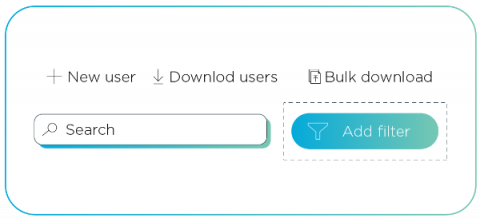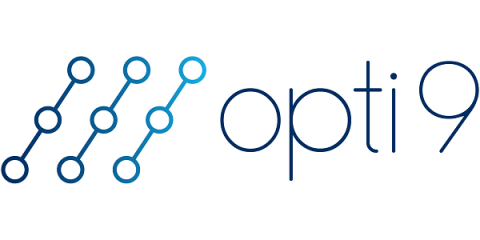Changes to Datadog Cloud Security Management
In order to better meet organizations’ specific requirements for securing their environments, we are making changes to our Cloud Security Management product. On August 1, Datadog introduced new offerings in Cloud Security Management: CSM Pro and CSM Enterprise. Alongside Datadog Cloud Workload Security, these distinct packages provide customers with security capabilities tailored to their particular use cases and needs.











